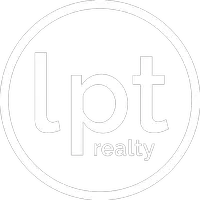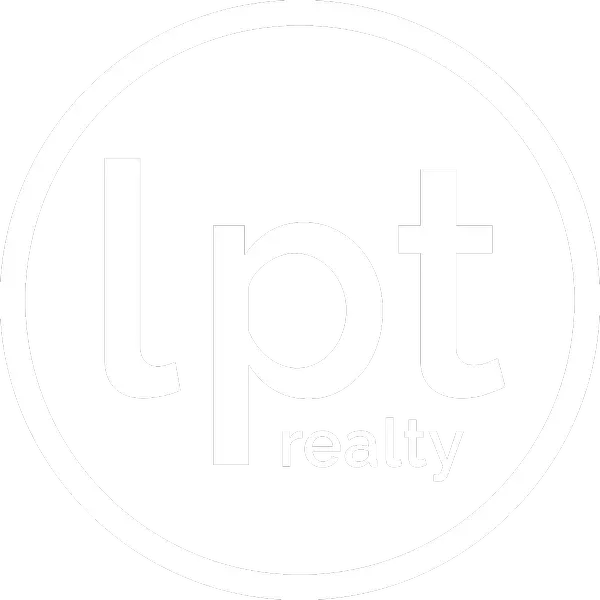The Hidden Costs of Homeownership (and How to Budget for Them)

Buying a home is exciting. You save for a down payment, celebrate when your offer is accepted, and start picturing yourself in your new space. But once you move in, many first-time buyers are surprised by the “hidden” costs of ownership that don’t show up in the listing price.
These costs are not really hidden, but they are easy to overlook when you are focused on the mortgage payment. The good news is that with the right planning, you can budget for them and avoid feeling blindsided.
Here are the biggest expenses that come with homeownership in Alberta and some simple ways to prepare for them.
Monthly Costs You Cannot Ignore
Property Taxes
Every homeowner in Alberta pays property taxes. These are based on the value of your home and the tax rate set by your municipality.
In Calgary, the current residential property tax rate is about 0.61–0.65% of assessed value. For a $500,000 home, that works out to roughly $3,000–$3,300 per year, or $250–$280 per month. Smaller towns like Airdrie, Cochrane, or Chestermere may differ slightly, but the structure is similar.
Note: In 2025, Calgary approved an 8.9% residential property tax increase. For a home assessed around $697,000, this added about $29/month or $350/year. It is a good reminder that tax rates can change and should be factored into your long-term budget.
Home Insurance
Insurance is mandatory if you are getting a mortgage, and even if you are not, it is essential for protecting your investment.
In Calgary and surrounding areas, the average annual premium for a detached home is around $2,300–$2,500. That is about $190–$210 per month. Costs vary depending on the home’s age, size, and location, as well as risks like hail or flooding.
Tip: Bundling home and auto insurance often lowers your premiums. It also pays to compare quotes every few years, since rates have been climbing in Alberta (about 9% higher year-over-year).
Utilities
When you own a home, every bill is your responsibility.
Typical monthly costs for a single-family home in Alberta:
-
Electricity: $80–$120
-
Natural gas/heat: $100–$150 (higher in winter)
-
Water, sewer, waste: $70–$90
-
Internet/cable: $80–$150
On average, you can expect $250–$300 per month for basic utilities, though winter heating can push this higher. Older homes or larger properties may also be more expensive to run.
Annual Costs That Add Up
Routine Maintenance
The general rule of thumb is to budget about 1% of your home’s value each year for upkeep.
If your home is worth $500,000, that means saving about $5,000 annually. Some years you will spend less, while other years will bring bigger bills.
Common annual or semi-annual items include:
-
Furnace servicing: $150–$250
-
Duct cleaning: $200–$400
-
Lawn care or snow removal if hired out: $1,000–$1,500 per year
-
Gutter cleaning: $150–$300
-
Small plumbing or caulking fixes: $100–$300
If you are handy, you can save money by doing some of these yourself. Still, having money set aside prevents small jobs from turning into bigger ones.
Larger Projects
Every home eventually needs big-ticket updates. Even if you buy new, these costs will come around over time.
Common replacement timelines and costs:
-
Roof: every 15–20 years ($8,000–$15,000)
-
Furnace: every 15–20 years ($5,000–$7,000)
-
Hot water tank: every 8–12 years ($1,500–$2,500)
-
Windows: every 20–25 years ($15,000–$25,000 depending on size of home)
The Unexpected Costs
Repairs and Appliances
Appliances do not last forever. Average lifespans and replacement costs:
-
Fridge: 10–15 years ($1,500–$3,000)
-
Washer and dryer: 8–12 years ($1,200–$2,500 for a set)
-
Dishwasher: 8–10 years ($800–$1,500)
It is smart to keep a small appliance fund set aside for these inevitable replacements.
Condo Assessments
If you buy a condo or townhouse, you will pay monthly condo fees. These cover shared expenses such as exterior maintenance, insurance for common areas, and contributions to the reserve fund.
Sometimes, however, the reserve fund is not enough. The condo board may issue a special assessment for major projects like roof replacements or underground parkade repairs. These assessments can range from a few hundred to tens of thousands of dollars.
Always review the condo’s financial health before buying. Your REALTOR and lawyer can help you understand the documents.
How to Budget for Hidden Costs
Now that you know what to expect, here’s a simple framework for building these expenses into your budget:
-
Add $400–$600 for utilities and $190–$210 for insurance to your estimated monthly mortgage payment.
-
Set aside 1% of your home’s value each year for maintenance and repairs.
-
Keep an emergency fund of at least $5,000 liquid for unexpected repairs or appliance replacements.
-
If buying a condo, factor in monthly condo fees and be aware of potential special assessments.
The more you plan for these costs upfront, the less stressful homeownership feels when something unexpected happens.
Final Thoughts
Homeownership is a big step, but it does not have to come with financial surprises. By understanding the hidden costs and budgeting for them, you will be in control of your money and better able to enjoy your new home.
If you would like a simple way to map out these costs, I have created a Homeownership Budget Worksheet that breaks everything down for you.
Reach out and I will send you a free copy so you can start planning with confidence: info@emilyolson.ca or Instagram @emilyolsonrealestate.


